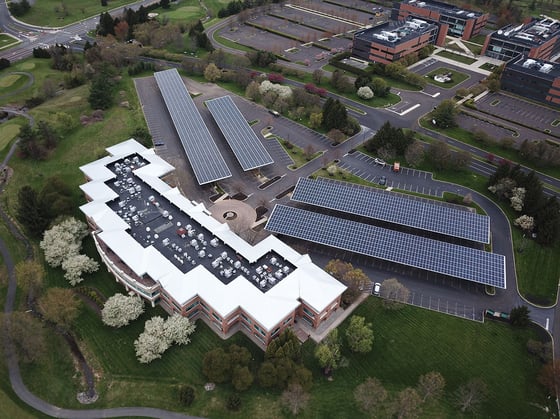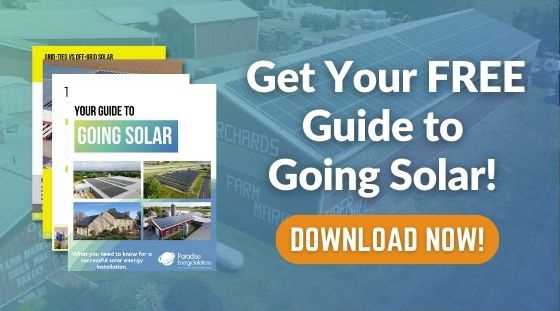As the solar industry has grown, an increasing number of people are becoming familiar with the environmental and financial benefits associated with owning a solar system. Despite this increase in interest, the process in which these systems are designed has remained a mystery to many. This article will take you through the basics of grid-tied solar system design and the considerations that shape a final system.
Disclaimer: This article is not meant to be a comprehensive guide on system design; it is intended to highlight the fundamental design practices throughout the solar industry at the moment.

Preliminary Design Stages of a PV Solar System
The first step in designing a solar system is to determine the appropriate size of the system. Because the system’s purpose is to offset on-site electricity usage, an analysis must be completed on the amount of energy consumed by an electric customer over a specified period. By looking at the kilowatt-hours (abbreviated kWh) on a customer’s electric bill it is possible to come up with this figure. When it comes to designing a system, arguably the most practical and economical approach is to aim to cover 100% of a customer’s yearly usage. Sizing in this way maximizes return on investment and enables an almost complete break from having to pay an electric bill.
Now that there is a system size to aim for, it is time to take a look at a customer’s property to see what ground or roof space is available to install such a system. For a residential or small commercial system, a roof-mounted system is typically the better option due to the lower cost of racking, the proximity to electrical equipment, and the fact that installing on a rooftop does not take up land. In a case where a roof-mounted solar system is not an option, a ground-mounted system will function the same, although it will come at a higher cost.
Beyond identifying available project space it is important to identify other site limitations as well. Examples of questions that need to be taken into consideration are:
- Are there trees, roof obstructions, or other objects/structures that may shade a solar array?
- What is the condition of the customer’s roof and electrical equipment found on-site?
- Will adding a solar system require structural or electrical upgrades at the site?
The answer to these questions can affect project size, design, and the viability of a project. Because roof-mounted systems can last well over twenty years it is important for the roof to be in good condition. Additionally, the electrical equipment on-site may limit system size or require modification or replacement. The level of shade present at a site can impact equipment choice and installation location.
After identifying the desired system size, whether there is space to install it, and answering any other site evaluation questions, it is time to consider customer preferences such as array aesthetics, equipment placement, and financial considerations. Once all these aspects are taken into account it is possible to begin choosing the equipment for the system and determine how the system will be connected to the customer’s existing electrical equipment.
Selecting the Best Equipment For Your PV Solar System
There are a number of factors that need to be taken into consideration when selecting solar equipment. To keep it simple, the three main components in a solar system are solar panels/modules, inverter(s) or microinverters, and racking to place the solar modules on. Each piece of equipment will be selected with the other in mind and each will have its own manufacturer to back it up with a warranty. Customer or installer preferences will play into the equipment that is chosen as well as site-specific concerns. There are multiple ways to design and build a system because of differences in preferences and equipment pricing differences from one business to another. Once all equipment is selected, it is connected together physically and electrically and then attached to the customer’s existing electrical equipment.
Complete A Site Analysis and Determine The System Longevity
In addition to the physical and electrical installation of a solar system, it is common practice to evaluate the condition of existing on-site equipment, and make recommendations to the property owner should the structure or electrical equipment require modification to meet code requirements or safety standards.
Solar systems by design are low maintenance, long-lasting systems. With no moving parts and very little ongoing maintenance, a well-designed system can last as long as 30-50 years.
Request a quote to get started.




